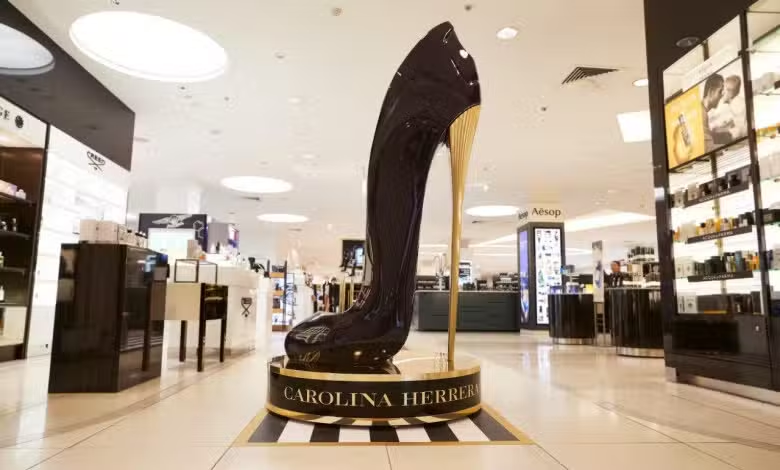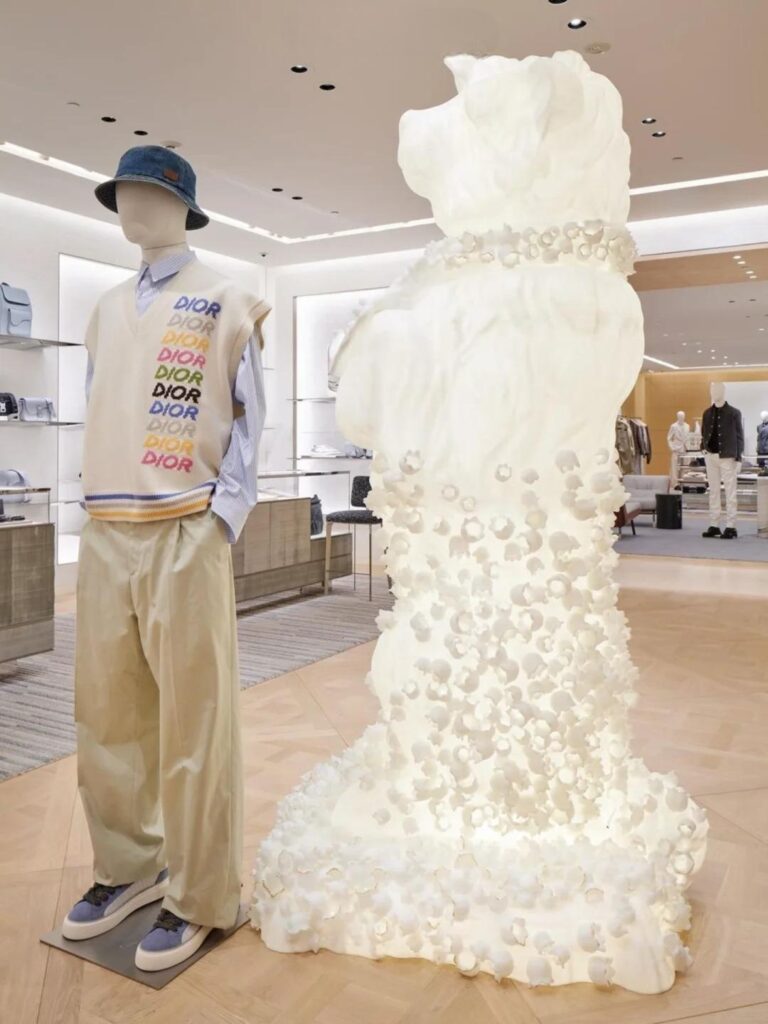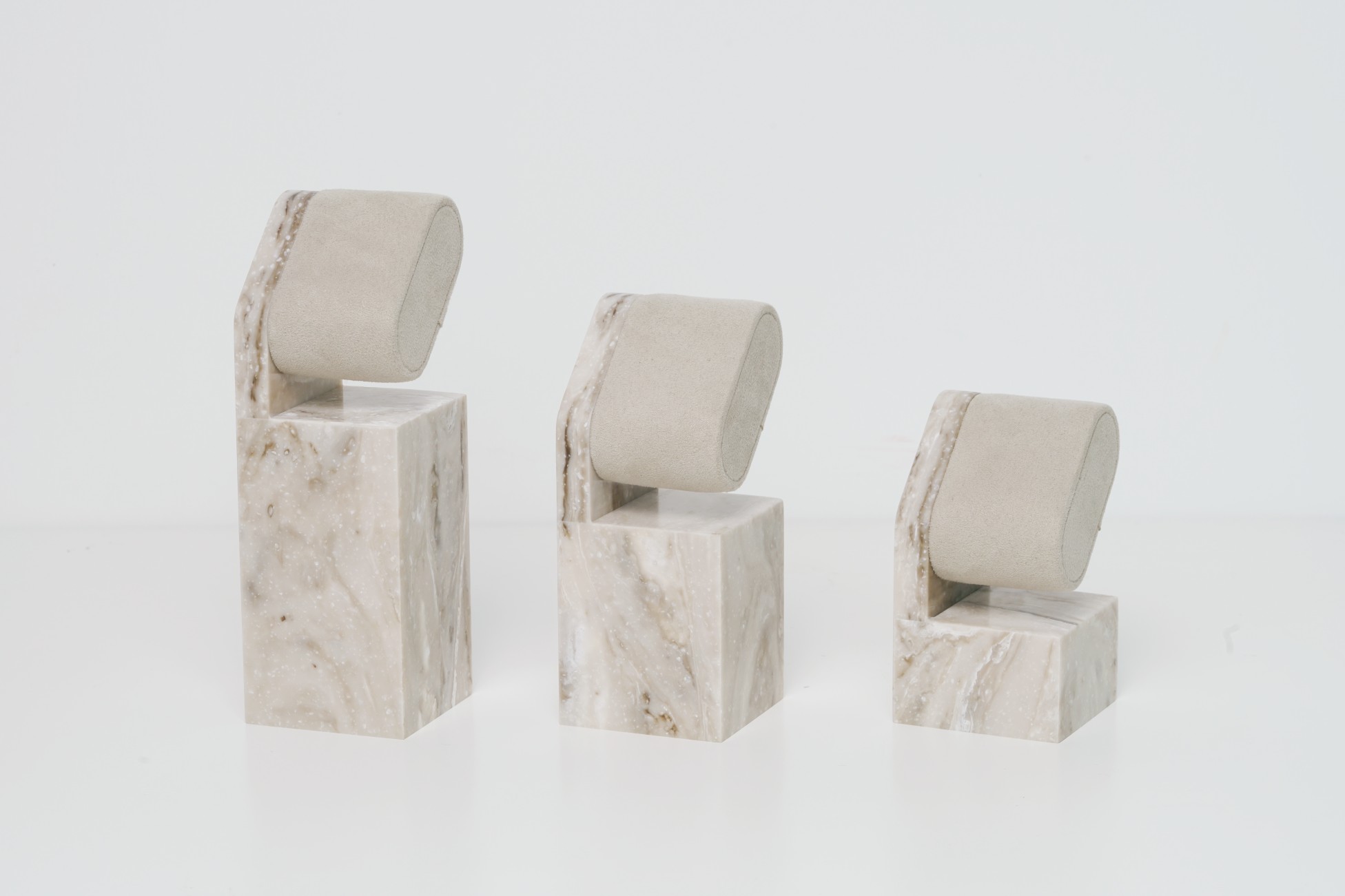3D printing retail fixtures is transforming the way creative agencies, VM teams, and department store merchandisers develop custom displays. With unmatched speed, design freedom, and cost efficiency, it’s the go-to solution for brands looking to stay agile in today’s fast-changing retail market.

At Samtop Display, we help you bring creative retail concepts to life faster and smarter.
👀 Why Top Creative Teams Use 3D Printing for Retail Fixtures
Whether you're crafting seasonal window props for Galeries Lafayette, launching a pop-up for ZARA, or creating interactive retail storytelling for Nike, production speed and flexibility are key. Traditional tooling can't keep pace—but 3D printing can.
Creating brand-aligned displays quickly is hard with traditional methods like injection molding or CNC.
Creative teams often face:
- Tight campaign deadlines
- Global visual consistency pressures
- MOQ/cost constraints
- Late-stage client changes
3D printing enables fast, flexible, and affordable prototyping and production—perfect for custom visual merchandising.
🧩 Application Matrix: When to Use 3D Printing in Retail
| Use Case | Ideal For | Benefit |
|---|---|---|
| Pop-up & seasonal campaigns | Short-term, high-impact projects | Fast, mold-free turnaround |
| Perfume or jewelry launch | Premium, intricate display needs | High-resolution finishes |
| Sportswear/lifestyle brands | Bold branding, complex structures | Enhanced storytelling & creativity |
| In-store prototyping | Pre-production validation | Quick iteration, real-world testing |
🧪5 Strategic Benefits of 3D Printing for Retail Displays
🎯 Design Precision
- Sharp brand engravings, textures, logos
- Faithful design translation from concept to fixture
💰 Cost Efficiency
- No molds required
- Budget-friendly for limited runs or one-off designs
⚡ Speed to Market
- CAD to finished sample in 3–5 days
- Essential for time-sensitive launches
🧩 Creative Customization
- Infinite design options (shapes, textures, finishes)
- Ideal for brand storytelling & exclusivity
🔁 Rapid Prototyping
- Test fit, material, and aesthetics before rollout
- Collaboration-ready for agencies and internal teams

📊 3D Printing vs CNC vs Injection Molding
| Method | Cost | Precision | Best For | MOQ | Molds? |
|---|---|---|---|---|---|
| 3D Printing | Low | ⭐⭐⭐⭐ | Bespoke retail displays | 1 | ❌ No |
| CNC Machining | Medium-High | ⭐⭐⭐⭐ | Strong structures, lighting elements | 10+ | ❌ No |
| Injection Molding | High | ⭐⭐⭐⭐ | Large-scale, repeatable production | 500+ | ✅ Yes |
👥 Who Benefits Most from 3D Printing Retail Fixtures?
- Creative Design Agencies – Fast prototyping, exclusive designs
- Visual Merchandising Teams – On-brand, flexible retail executions
- Department Store VM Managers – Small runs, premium aesthetics
- Procurement Managers – Cost control, eco options, fast lead times
📈 Case Study: European Perfume Brand Launch
Objective: Create a signature sculptural bottle display for EU-wide launch
Execution: 3D printed design with LED base & textured logo
Results:


